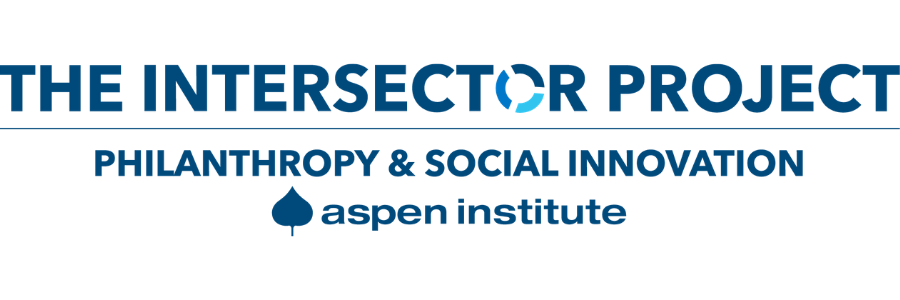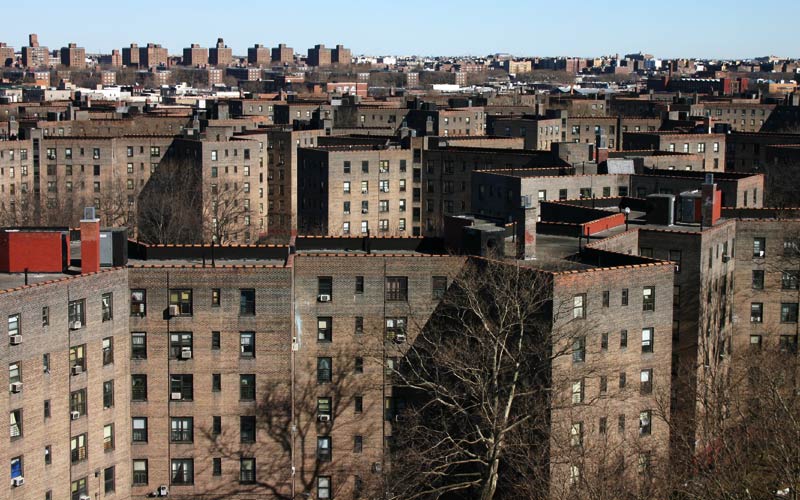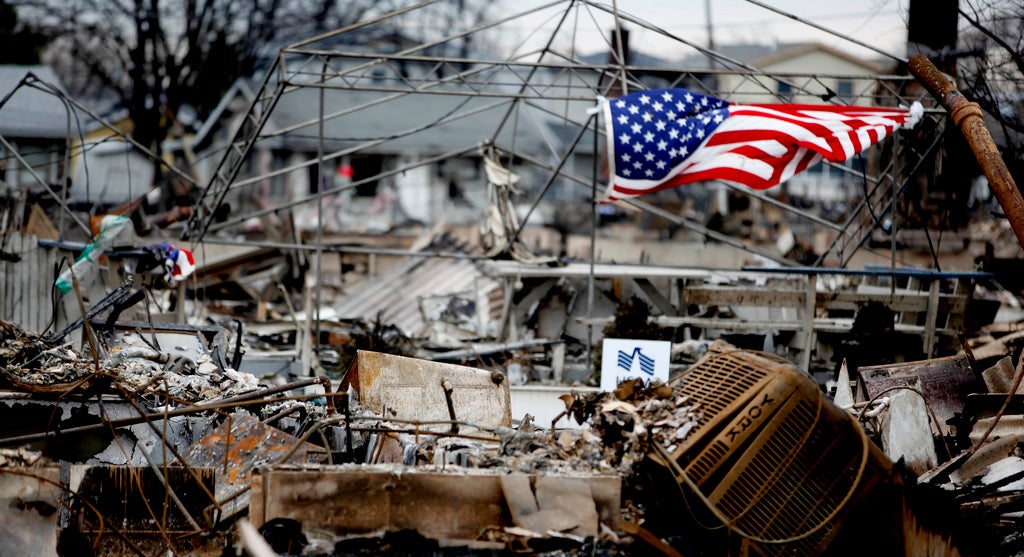How Cross Sector Collaborations are Advancing STEM Learning
“STEM learning ecosystems harness unique contributions of educators, policymakers, families, and others in symbiosis toward a comprehensive vision of science, technology, engineering, and math (STEM) education for all children. This paper describes the attributes and strategies of 15 leading ecosystem efforts throughout the country with




